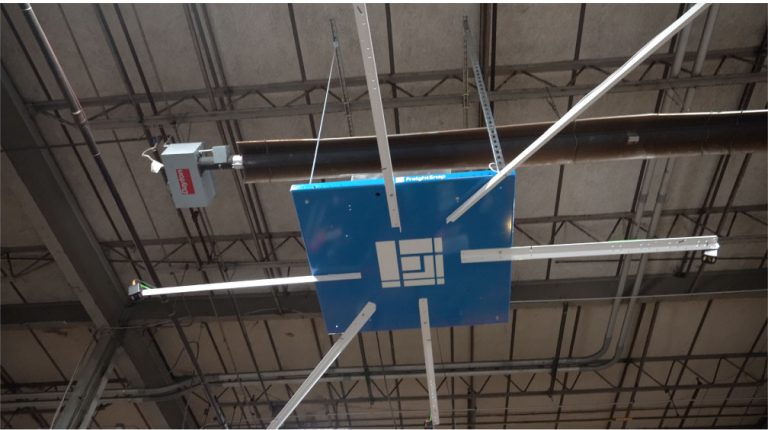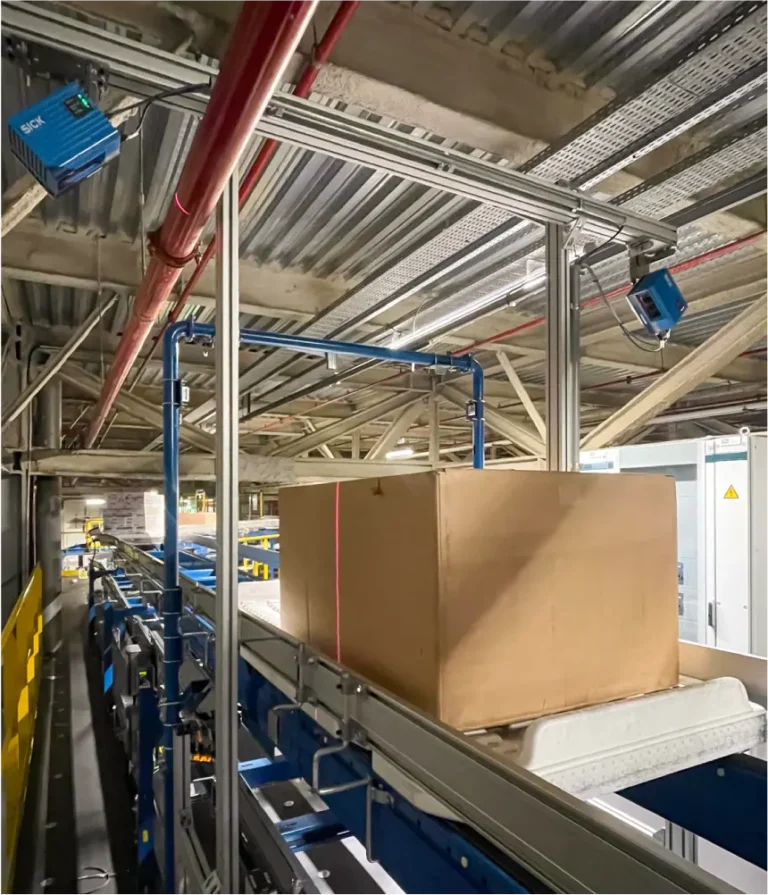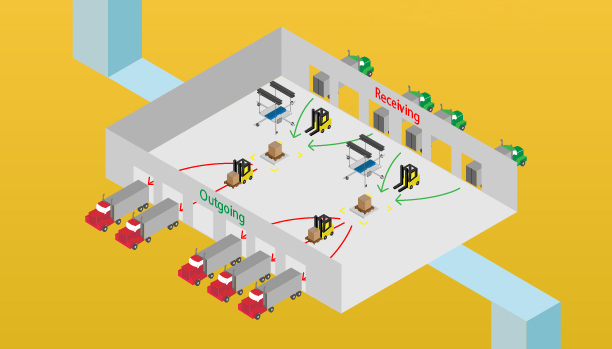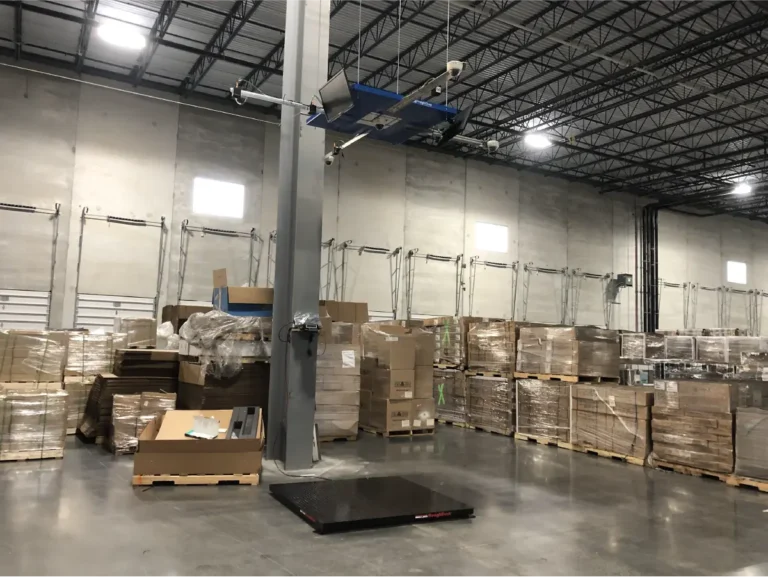Wasted space means wasted money. As a warehouse manager, improper pallet sizes can rob you of valuable storage capacity, limiting inventory volumes and operational efficiency. But with some strategic planning, you can optimize your pallet dimensions to maximize usable cubic space.
Here at FreightSnap, we help companies right-size their pallets to reclaim lost warehouse capacity. By customizing pallet footprints and heights around your infrastructure and inventory profile, you can fit more product in your existing footprint. Our customers have increased their usable storage capacity significantly through optimized pallet dimensioning.
Let’s explore how FreightSnap can help you reclaim that lost space in your warehouse.
Audit Your Current Layout and Infrastructure
Start by identifying the constraints and opportunities in your existing warehouse storage setup:
- Take measurements of your racking bays and aisle widths to determine usable floor space
- Look for empty vertical voids on shelving that could fit taller pallets
- Review pallet jack and forklift capacities to avoid oversized pallets
By understanding the physical limitations of your building, you can tailor pallet sizes accordingly.
Analyze Your Inventory Profile and Volumes
Next, dig into the dimensions, weights, and volume patterns of the stock you actually store.
- What are your best-selling products and peak volumes? Optimize pallet sizes around these.
- Do you handle many small items vs. large ones? Consider half-pallets.
- How variable is inventory turnover by product? Mix pallet sizes.
Right-sizing pallet footprints and heights around your specific inventory allows you to maximize usable cubic space.
Assess Material Handling Requirements
Make sure any pallet dimensions being considered meet operational requirements:
- Will specialty pallets fit within your pallet jack or forklift capacities?
- Can racking support taller pallet loads?
- Are aisle widths sufficient for maneuverability?
Balancing space savings with safe, efficient handling is key!
Develop a Phased Implementation Plan
Don’t switch overnight – phase in optimized pallet sizes over time as inventory turns over.
- Strategically time around upcoming peaks to ease capacity constraints.
- Adjust racking and infrastructure if needed to support new pallet sizes.
- Train staff on any pallet handling or loading changes.
A gradual rollout allows you to confirm broader supply chain integration and identify any unforeseen issues before fully transitioning.
Continuously Review and Adjust
Monitor pallet dimensions regularly, as inventory profiles evolve:
- If certain products become dead stock, right-size those pallets.
- Growth of new products may require new pallet dimensions.
- Peak periods may require occasional oversize pallets.
By regularly reviewing usage data, you can adapt your pallet sizes over time.
Proper pallet dimensions are a simple but impactful way to unlock wasted cubic warehouse capacity. Let FreightSnap help you optimize your pallet footprint and height, keeping space utilization and handling in mind. With strategic pallet sizing, you can maximize inventory volumes and operational efficiency.
Contact us today for a free assessment to start optimizing your warehouse capacity through smarter pallet dimensioning.
For more articles like this, subscribe to our newsletter!
Was this article helpful?












